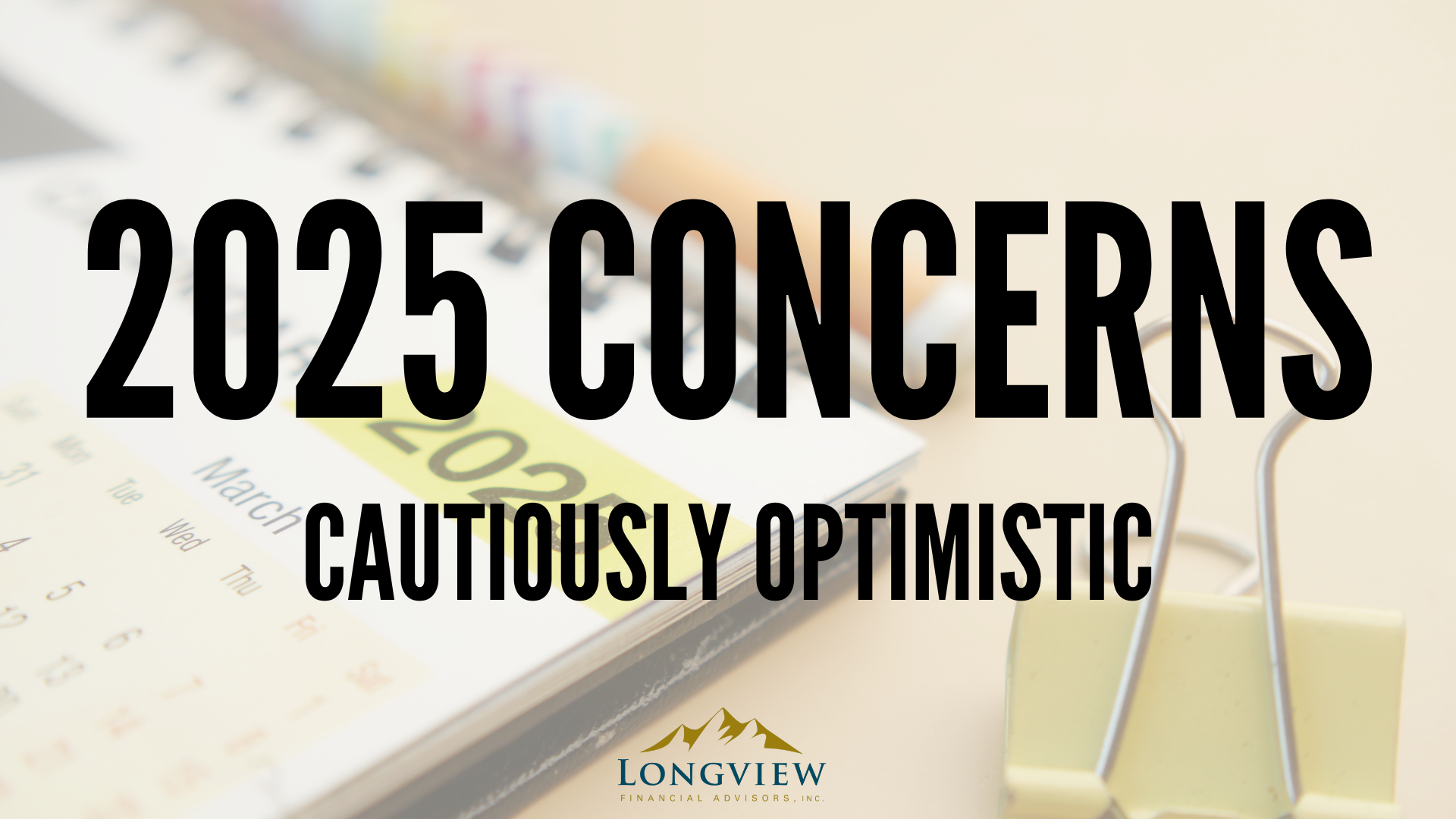
Macro Minute: Week of December 16, 2024
Heading into 2025 I would call myself cautiously optimistic. I have given my longer-term outlook before. To summarize, economic policy should be pro-growth, fiscal deficits should be economically stimulative, and the Federal Reserve should continue easing. While this is the longer-term view, I do have some concerns in a few areas. I will outline them below.
First, I want to highlight residential construction. For many reasons, residential construction is a touchstone for the U.S. economy, especially the labor market. I do believe that the Millennial generation is in its home building phase, and that should bring demand for housing for many years to come. The problem is that it is happening during a time when housing prices and mortgage rates are high, supply is constrained due to higher interest rates, and existing home inventories are starting to build. Construction labor is currently high, but if mortgages stay elevated, we could see job losses in construction beginning next year. This would be a problem because history shows that recessions are led by housing construction job losses. This is the labor market area that I am most focused on heading into next year.
The second thing that I am watching is the long end of the yield curve, i.e. the 10-to-30-year treasury yields. If the economy runs hotter, this will put upward pressure on these rates. Add into this the government deficit spending that will be paid for with treasury auctions, and we could see longer term rates continue to stay elevated. This is different than what the Federal Reserve controls, which is the front of the yield curve. They will most likely continue to be easing into next year as inflation has remained below 3% for several months and appears to have settled into this 2.5%-3.5% range with gradual downward momentum. The incoming administration has expressed desires to loosen up regulatory restraints on the banking sector that they hope will lead to banks buying more treasuries, and the Federal Reserve can always bring back Quantitative Easing. Both of those measures would put downward pressure on the long end of the yield curve. Needless to say, I will be watching the long end to see if it continues to be a drag on financing for the economy. Remember these are the rates that most influence mortgage rates in the U.S.
The third thing that I am watching is trade relations. The incoming administration is determined to be much more active in international trade. They are using the threat of tariffs to negotiate and strengthen domestic industries. Rightly or wrongly, the incoming administration is taking the election results as a mandate to make drastic changes. Maybe this is a fourth concern, but I will wrap it into the third. I will be watching to see how things are changed knowing that this will create opportunities as well as obstacles.
In looking at the overall landscape, I am still optimistic, but I am aware that there are areas of concern. One of the biggest things that has me thinking that 2025 may have some turbulence along the way before ending ultimately higher, is the sentiment. Wall Street strategists have lifted their 2025 stock market expectations. This is after a year of strategists consistently expecting the market to be below where it was at. This flip in sentiment doesn’t mean that it can’t go higher, just that it is no longer “climbing the wall of worry” as much as 2024. There are a lot of expectations for higher earnings in the next year, and I do believe that is justified, but it does mean that there is less room for error. Like I said at the very beginning, I am cautiously optimistic, but I do expect that 2025 could bring some turbulence along the way.
DISCLOSURES:
Please remember that past performance may not be indicative of future results. Different types of investments involve varying degrees of risk, and there can be no assurance that the future performance of any specific investment, investment strategy, or product (including the investments and/or investment strategies recommended or undertaken by Longview Financial Advisors, Inc.), or any non-investment related content, made reference to directly or indirectly in this newsletter will be profitable, equal any corresponding indicated historical performance level(s), be suitable for your portfolio or individual situation, or prove successful. Due to various factors, including changing market conditions and/or applicable laws, the content may no longer be reflective of current opinions or positions. Moreover, you should not assume that any discussion or information contained in this newsletter serves as the receipt of, or as a substitute for, personalized investment advice from Longview Financial Advisors, Inc. To the extent that a reader has any questions regarding the applicability of any specific issue discussed above to his/her individual situation, he/she is encouraged to consult with the professional advisor of his/her choosing. Longview Financial Advisors, Inc. is neither a law firm nor a certified public accounting firm and no portion of the newsletter content should be construed as legal or accounting advice. A copy of the Longview Financial Advisors, Inc.’s current written disclosure statement discussing our advisory services and fees is available upon request.